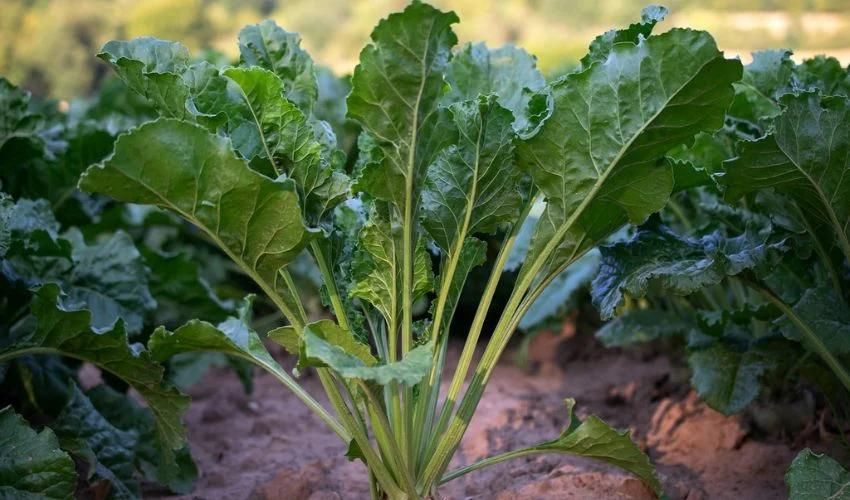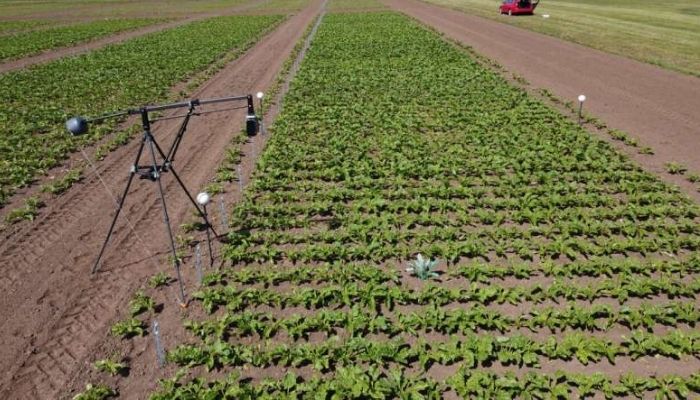3D Printed Beets: A New Tool for Plant Phenotyping

Technology in the agricultural industry is continually advancing. In recent years, the adoption of tools such as drones, agrarian robots, scanners, precision planters, and artificial intelligence has significantly increased. These innovations have primarily enhanced crop yields and facilitated intelligent management practices. Additionally, 3D printing has introduced substantial benefits, particularly in the rapid manufacture of agricultural tools. The potential applications of this technology are extensive, as demonstrated by a recent study where a 3D-printed beet model was developed to improve plant phenotyping.
In collaboration with the University of Bonn, scientists at the Sugar Beet Research Institute have developed a 3D printed plant model to enhance the accuracy and reliability of phenotyping. Phenotyping in agriculture involves observing and analyzing plants to predict their status in a given environment. This process, which reflects the interaction between a plant’s genetic information and its environment, is crucial for identifying plants with the best attributes, thereby optimizing plantings.

(Photo Credits: Phys.Org)
Previously, phenotyping relied on manual measurements, which were tedious and invasive for crops. However, the advent of various technologies has automated this process. Sensors, spectral cameras, and artificial intelligence are now commonly used in phenotyping. These tools will now be combined with a 3D model of sugar beet, serving as an example to improve crop yields and efficiency further.
What Was the Process to Create the 3D Printed Beet?
The reference data for the model was taken from an actual sugar beet plant under greenhouse conditions. Using a LiDAR (Light Detection and Ranging) scanner, 3D data was acquired from 12 angles to create an accurate point cloud. This data was then used to create the 3D file printed on an FDM printer. While there is a certain simplicity at this stage of the study, the advantages of the 3D model are significant.
First, crop predictions will improve. To obtain complete information on the state of a crop, the agricultural industry needs sensors that digitize data such as leaf size, fruit quality, angle of inclination of leaves, shape, etc. Once this data is obtained, specific software is used to produce complete reports and predictive models with the help of artificial intelligence. In this way, farmers can intervene at the right time. However, to make such predictions, the systems need to reference what would be an “exemplary” plant, and this is where the 3D printed model comes into play.
Indeed, a physical model of the plant helps to make the results more accurate than with simple digital data, as was previously the case. Jonas Bömer, lead author of the study, explains, “In the field of three-dimensional plant phenotyping, the referencing of the sensor systems used, the computer algorithms, and the morphological parameters captured represents a challenging but fundamentally important task. The application of additive manufacturing technologies to generate reproducible reference models presents a novelty for developing standardized methodologies for objective and accurate referencing, thereby benefitting scientific research and practical plant breeding.”
Finally, the principle of this research is not limited to sugar beets. The combination of artificial intelligence, sensor technology, and 3D printing can be applied to any plant to monitor crops better. The scientists have remarked that the entire research is open access and invite other laboratories and interested parties to implement different models such as 3D printed sugar beets. To see the complete study, click here.
What do you think of these 3D printed beets? Let us know in a comment below or on our LinkedIn, Facebook, and Twitter pages! Don’t forget to sign up for our free weekly newsletter here for the latest 3D printing news straight to your inbox! You can also find all our videos on our YouTube channel.






